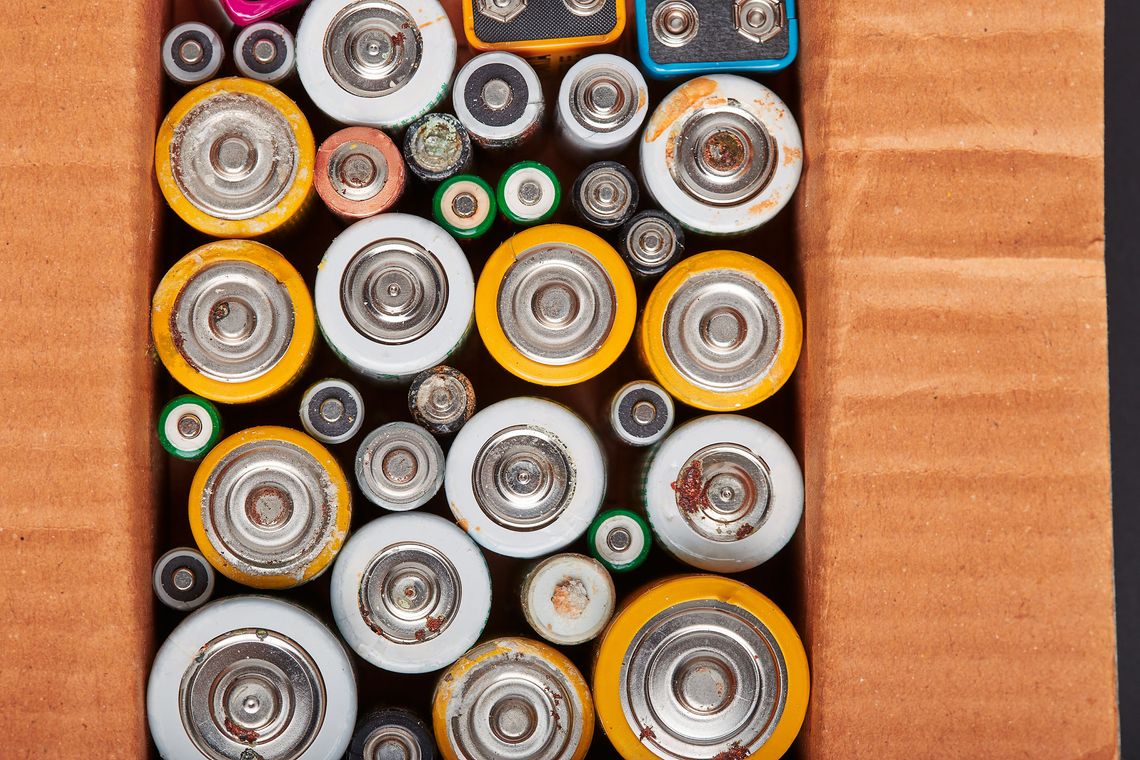By: Doug Carter, Rankin County Extension
Lithium Batteries are now found in everything from cell phones to cordless drills, blowers, chainsaws and even electric cars. Their popular use is due to this battery’s high-power capacity in a relatively small package.
There are several different types of lithium batteries, some rechargeable and some non-rechargeable, both of which are generally safe and unlikely to fail; but only as long as there are no defects or damage.
When these batteries fail to operate safely or are damaged, they may present a fire or explosion hazard. Damage can occur immediately or over a period, caused by:
1) Improper use, storage, or charging.
2) Physical Impacts-dropping, crushing, or puncturing.
3) Exposure to extreme temperatures. Too high (above 130 degrees F), open flames, continuous direct sun exposure, heaters, etc. Too low temperatures (below freezing, 32 degrees F) during charging.
These can result in cell failure, releasing intense heat, which can damage other nearby cells causing a chain reaction known as a thermal runaway. The high energy density in lithium batteries makes them more susceptible to these reactions. Lithium cell failures can result in chemical and/or combustion reactions, which can result in heat releases and/or over-pressurization quickly leading to an acid exposure, smoke, fire, or explosion.
Lithium battery fires are extremely difficult to extinguish. Fire extinguishers may only temporarily knock down the flames and large amounts of water are often ineffective. Lithium fires usually re-ignite and must burn-out before no longer a threat. Therefore, isolating the burning object from other material is often the only way to prevent the spread of a lithium, battery fire.
Preventive steps to use with Lithium Batteries:
1) Ensure lithium batteries, chargers, and associated equipment are a high-quality product (recognized by national testing standards; example UL).
2) Store, use, and maintain by that particular manufacturer’s recommendations.
3) When replacing lithium batteries, ensure they are specifically designed for and match that device.
4) Remove lithium-powered devices and batteries from the charger once they are fully charged.
5) Store lithium batteries and devices in dry, cool locations.
6) Clean batteries with a clean, slightly damp cloth, do not use solvents.
7) Avoid damaging lithium batteries and devices.
8) Inspect them for signs of damage, such as bulging/cracking or rising temperatures.
9) If they are damaged, leaking, smoking, remove them from service and isolate them from everything else. For example, smaller batteries can be placed outside in a fire-resistant container. (metal drum).
Source: Mississippi State University, MSU Dawg Tracks, Safety Newsletter, June 2024, “Lithium Batteries” , Leslie Woolington.


Comment
Comments